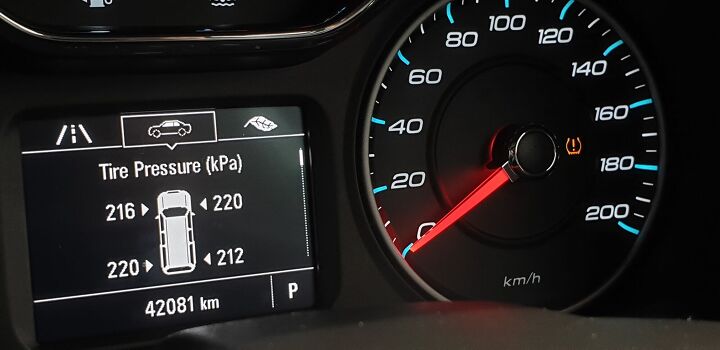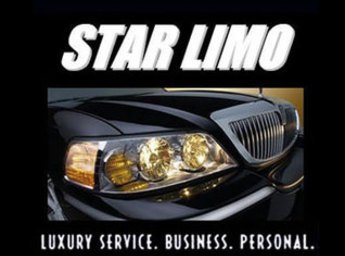#tpms
Tech Q&A: Talking TPMS
Piston Slap: Car Design Grab Bag!
TTAC Commentator Towncar writes:
I have some piddling little aggravations and head-scratchers, and it appears those serve to entertain the B&B as well as anything.
- Black Pillars: When and why did the black B-pillar take over the world? Presumably it’s to make you think it’s not there and the car’s a hardtop, but there’s never been a single case where that worked — not one. Even on a black car, the finish is sufficiently different that you can tell the pillar is present.
- Colors: Why are there no good interior colors anymore — red, blue, green? The only current one I know of, fairly recent, is the Rhapsody in Blue interior on the new Continental, and you have to buy the ultra-highline Black Label edition to get it. Which brings up the question: why do so few interiors really match anymore? It used to be that two-tone interiors looked designed that way, but now they just seem to have been put together from parts for different cars.
- Gas Fillers: Have any of the fool engineers who put gas fillers on the passenger’s side ever tested this concept out by going through a gas line backwards? (By the way, this pertains to the G6 convertible you advised me to buy about four years ago, and belated thanks, it’s generally great.)
- Wipers: Why has the old-fashioned opposed (clap hands) style come back of late years? I saw some kind of little Ford with this lately, and I think a Honda or two. And pertaining to the newer parallel style, what determines which side the wipers “point” to? It’s almost always the passenger’s, but I can think of two cars having them point the other way — the suicide-door Continentals of the ’60s and the Avanti. Why?
- TPMS: OK, this is actually semi-serious. How good are these things? The G6’s dash display gives pressures, but seldom agrees with my trusty tire gauge at the best of times, and changes in temperature and even bumps in the road sometimes trigger the warning light. Can the sensors be adjusted and/or calibrated for accuracy? And are the retrofit kits you can buy for older cars any good?
Piston Slap: Express-ions Via More Data Points?
TTAC commentator TrenchFoot writes:
Hey, I’ve got a problem in that I like data. As an engineer and car enthusiast, I want to know more data points than the manufacturer thought I would/should. So I want to add some tech to my ride, and I want it all. The problem is, no one seems to sell the all-in-one solution I’m looking for.
I have a 2007 Chevy Express AWD 1500 (backoff with your comments, I love that van!), but tech in that rig is limited to a power locks. Since I use it to tow a smallish travel trailer, I’m always wondering about the state of the tranny. So my wish list is:
Rental Van With Low-Pressure Tire Warning Rolls, Injuring Six Children; No Charges To Be Filed
When Maggie Dajani realized that the tire-pressure warning light was on in the van she’d rented to take six teenagers and their parents to a One Direction concert in El Paso, she took the van back to the rental company. A representative of the company, Star Limo, told her not to worry. She then continued to the concert. Shortly afterwards, the van blew two tires and rolled over. Several motorists helped drag the ten passengers out of the van, which was filling with smoke. The children went to the hospital with various injuries, and one of them reportedly received one hundred and fifty stitches as a result.
Now, the New Mexico Public Regulatory Commission has delivered a very, ahem, business-friendly verdict on the whole ordeal. Turns out that Star Limo is the beneficiary of a unique combination of regulatory conditions.



















Recent Comments